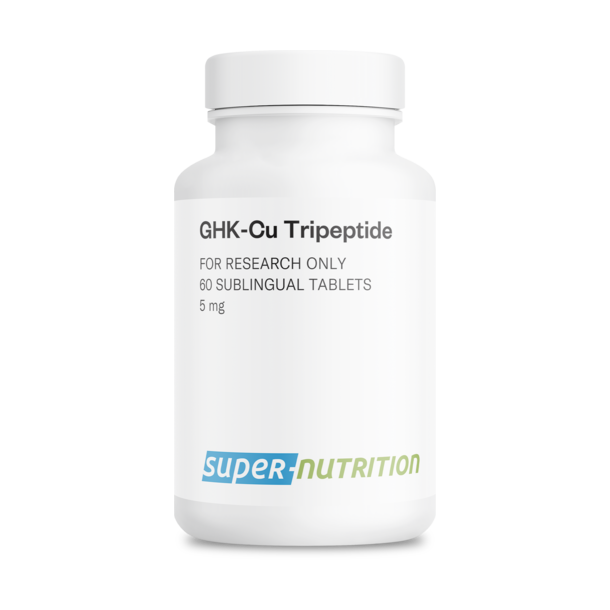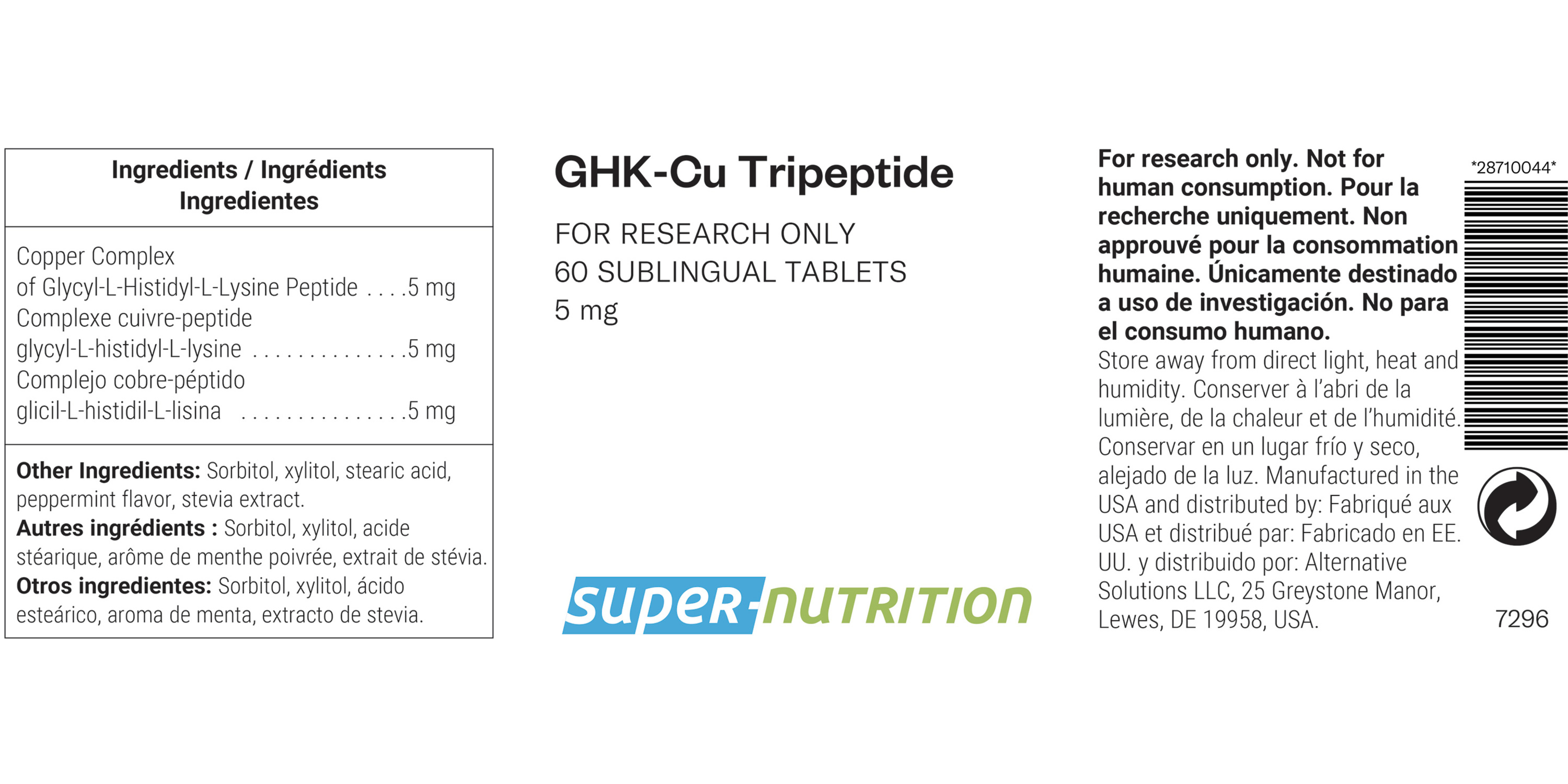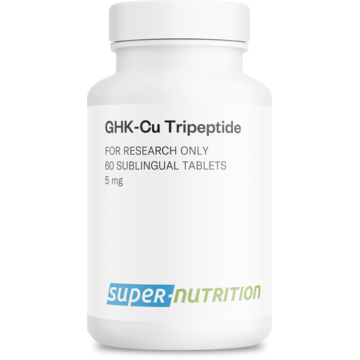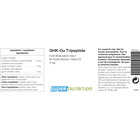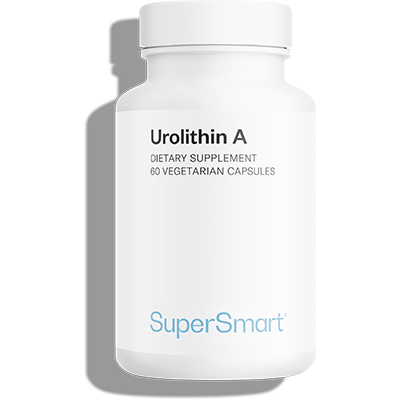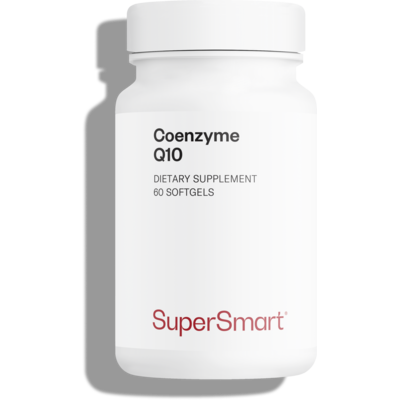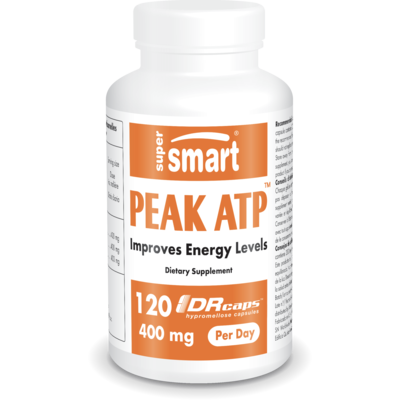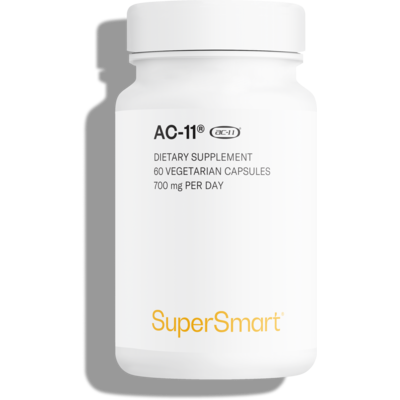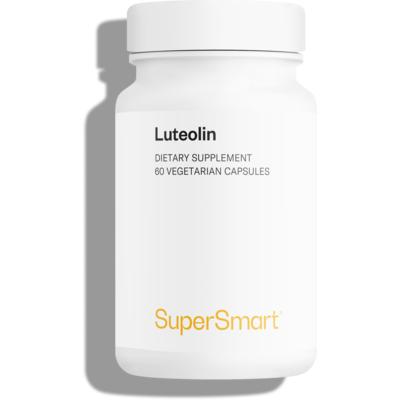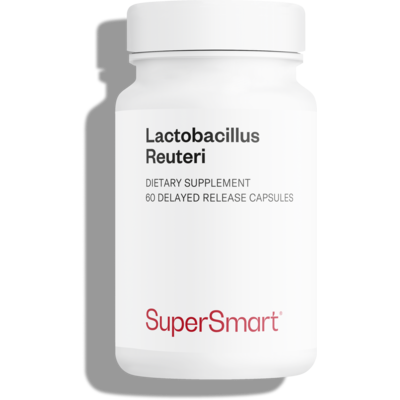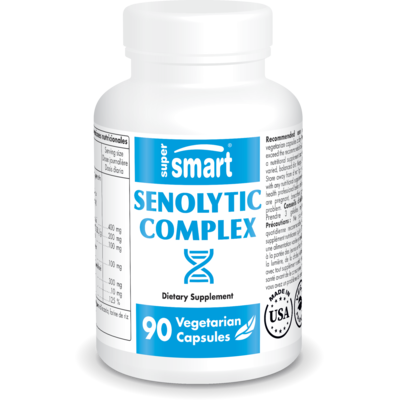Create Your Offer
GHK-Cu (glycyl-L-histidyl-L-lysine) is a naturally occurring tripeptide that appears to have been studied for its potential role in promoting already healthy aging.*
Its presence in biological fluids seems to tend to diminish over time – from around 200μg/L in youth to potentially lower levels by age 60 (approximately around 80μg/L).*
GHK-Cu may influence different biological responses, potentially including support for antioxidant activity, collagen integrity, and gene expression related to cellular renewal.*
Why Consider Taking GHK-Cu Peptides?*
Researchers seem to have explored GHK-Cu for its possible ability to help maintain:*
- Skin tone and elasticity;*
- Hair appearance and scalp vitality;*
- Natural antioxidant responses;*
- Cellular processes related to visible aging.*
Its sublingual format may help encourage efficient absorption without first-pass metabolism (the liver’s initial breakdown process) through the digestive tract for potential higher bioavailability.*
Hair Appearance and Strength*
GHK-Cu appears to have been examined for its potential role in helping to support hair quality.* Some studies seem to indicate that it may help maintain scalp health, hair structure, and appearance.*
It might also be thought to influence pathways associated with hair follicle vitality, possibly including antioxidant defense mechanisms and protein synthesis related to structural proteins such as collagen and keratin.*
Potential Skin Support*
Some studies appear to indicate that GHK-Cu may help encourage potential:*
- Improved skin firmness and elasticity;*
- Smoother appearance with fewer visible lines;*
- Antioxidant activity to help with oxidative stress;*
- Support for collagen production.*
These findings could suggest its potential as part of a daily skin support routine, especially for adults trying to maintain a youthful look.*
Overall Wellness and Antioxidant Balance*
GHK-Cu may also play a part in overall wellness by potentially promoting balance in gene activity and helping to support antioxidant enzymes.* Since oxidative stress might contribute to visible aging, its potential to influence these pathways could have made it a subject of research.*
WARNINGS
Do not exceed the recommended daily dose. This product is a nutritional supplement and should not be used as a substitute for a varied and balanced diet or a healthy lifestyle.
STORAGE
Store in a cool, dry place away from direct sunlight, heat, and humidity. Keep out of reach of children.
PREGNANCY AND MEDICAL CONDITIONS
If you are pregnant, breastfeeding, or have any medical conditions, consult your healthcare provider before using this product.
SUPPLEMENT INTERACTIONS
Consult your healthcare provider before use, especially if you are taking any medications or other supplements as there may be potential interactions.
april 22 2025
I purchase the product to help restore my thinning hair. This is a game changer. My hair is growing quickly and also my nails. Using this with collagen and thyroid peptides is getting the results I want.
april 9 2025
My skin loves this stuff
february 20 2025
I have been using Supernutrition GHK-Cu tablets for several months now along with GHK-Cu peptides and I am definitely noticing my hair is fuller and my skin appears younger. I highly recommend trying these tablets.
february 10 2025
Excellent product, dissolves quickly sublingually
february 4 2025
The best product for hair loose
Need Help?
Phone
+1 (786) 522-3907
From 9 am to 6 pm (EST)

